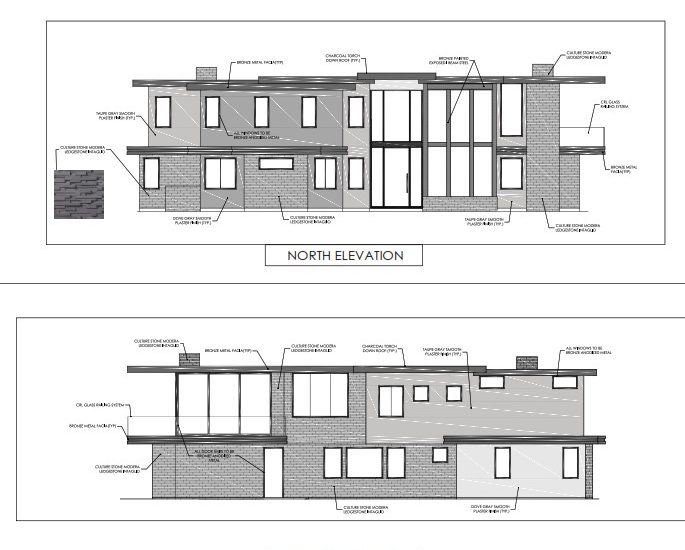


You just bought your dream home. Or maybe you’re finally tackling that kitchen remodel you’ve been dreaming about for years. Whatever your project, you know you want it done right. But “done right” involves more than just choosing the perfect tile or hardwood floors. There are rules – building codes, zoning laws, regulations – that you need to consider. Don’t let regulatory compliance make your head spin! This guide breaks down exactly what regulatory compliance means when it comes to home building and remodeling projects. We’ll demystify permits, inspections, and more. You’ll learn what you need to know to do things by the book so you can create your perfect living space with confidence. Let’s dive in and shed some light on this complex topic – it’s not as scary as it sounds. With the right info, you can handle regulatory compliance with ease.
Regulatory compliance simply means following the rules. For homebuilding in the U.S., it means adhering to federal, state, and local regulations on planning, zoning, building, environmental protection, and safety standards. These rules exist to protect homeowners, communities, and the environment.
As a homeowner undertaking a building project, regulatory compliance is critical. Failure to comply can stop your project dead in its tracks or lead to legal trouble. It’s best to do thorough research on regulations or hire professionals well-versed in the rules. Some key things to be aware of:
While regulatory compliance may seem tedious, the rules exist to protect you, your family, and your community. Do your due diligence to ensure your homebuilding project meets all regulations. The peace of mind will be worth the effort!
When doing any kind of work on your home, it’s important to follow the proper regulations to ensure safety, compliance, and avoiding potential legal issues down the road.
For starters, make sure any contractors you hire are properly licensed and insured. Permits are also typically required for structural changes, electrical work, plumbing, and the like. Your local building department will have details on permits in your area. Failure to obtain proper permits can result in hefty fines.
Safety regulations like building codes exist to protect you and your family. Things like adequate ventilation, proper wiring, water systems that won’t lead to mold or leaks are all part of the codes. Don’t cut corners here to save a few bucks.
If you’re remodeling or repairing, be aware of regulations around asbestos, lead paint, and other environmental hazards common in older homes. Proper removal and disposal of these materials is critical.
Also keep in mind regulations around fair housing and accessibility. Even if you don’t plan to sell your home now, making it accessible to people with disabilities and following guidelines like proper doorway widths is important.
Lastly, homeowners associations (HOAs) may have additional rules about changes to the exterior of homes or landscaping. Double check with your HOA before making any changes that might affect the esthetics of your neighborhood.
Following the necessary regulations, building codes and safety guidelines during any home construction or remodeling project may require some extra work, but will give you peace of mind that your home is safe, compliant and protected.
Wondering what regulatory compliance means for your remodeling or building project? We’ve got you covered. Here are the most common questions homeowners have about regulatory compliance and the answers you need to know.
The building codes that apply depend on where you live and the specifics of your project. Most areas follow model building codes from organizations like the International Code Council (ICC). These establish minimum standards for safety, structure, and energy efficiency. Local governments then adopt and enforce these codes. Check with your local building department to determine which codes apply to your project.
Most remodeling and construction projects require permits to ensure they meet building code requirements. Permits are required for structural changes, electrical/plumbing work, additions, and in some cases, cosmetic upgrades. Apply for permits before starting any work. Failing to obtain proper permits can result in penalties, fines, or even having to redo unauthorized work.
Building inspections, also required for most projects, ensure work is proceeding safely and according to code at key points. Typical inspections include:
•Foundation/footing: Before concrete is poured.
•Framing: Once structural framing is complete but before walls are enclosed.
•Electrical/Plumbing: Rough-in and final inspections.
•Insulation: Ensures proper installation before walls are closed up.
•Final: Required before occupancy to approve completed work.
Regulatory compliance helps ensure safe, high-quality construction. While it does require time, effort, and cost, following the proper procedures will give you peace of mind that your project meets all standards and is built to last. If you have any other questions, don’t hesitate to check with your local building department. They are there to help guide you through the compliance process.